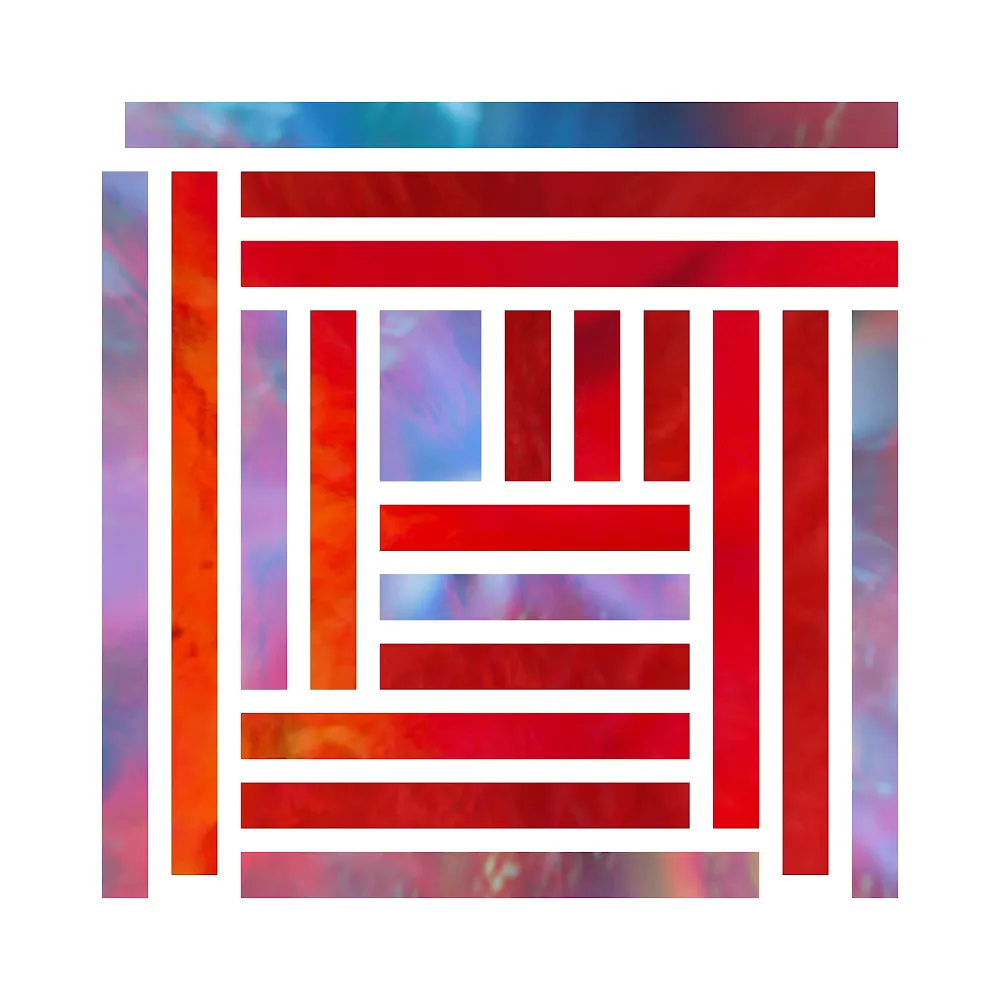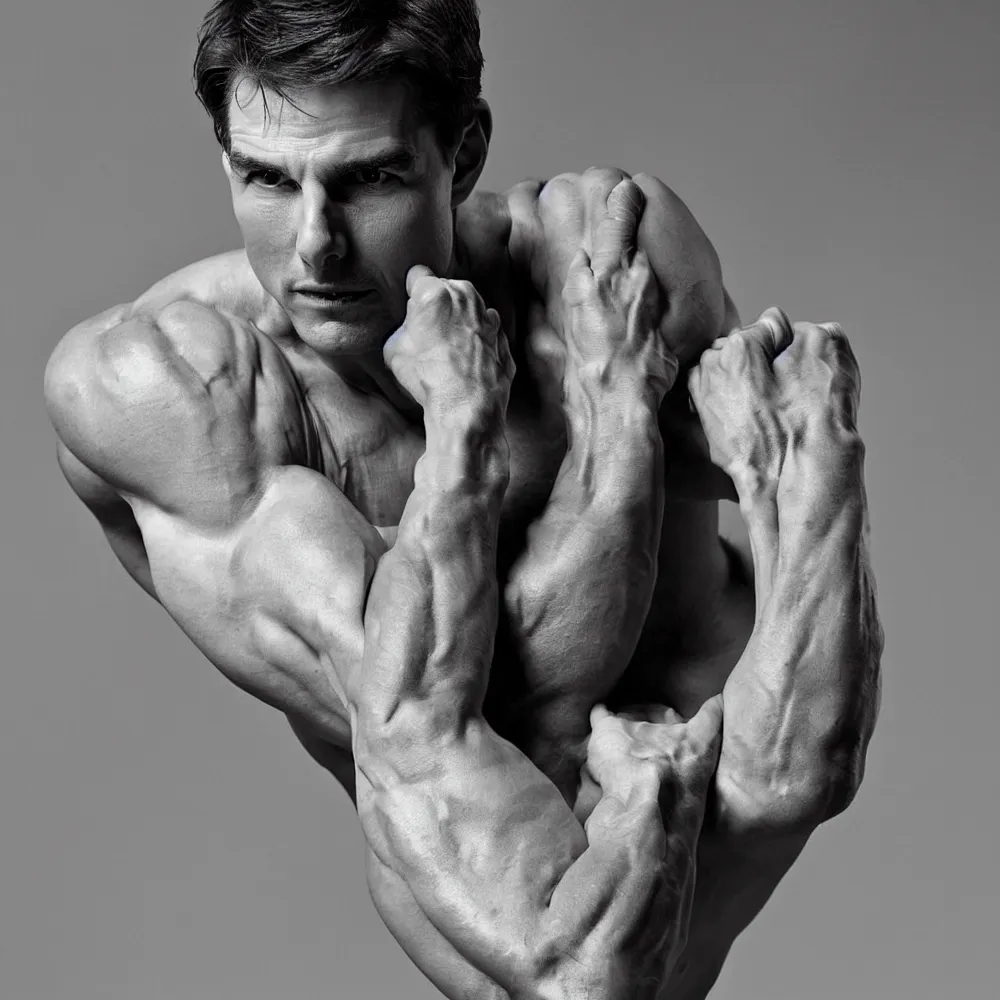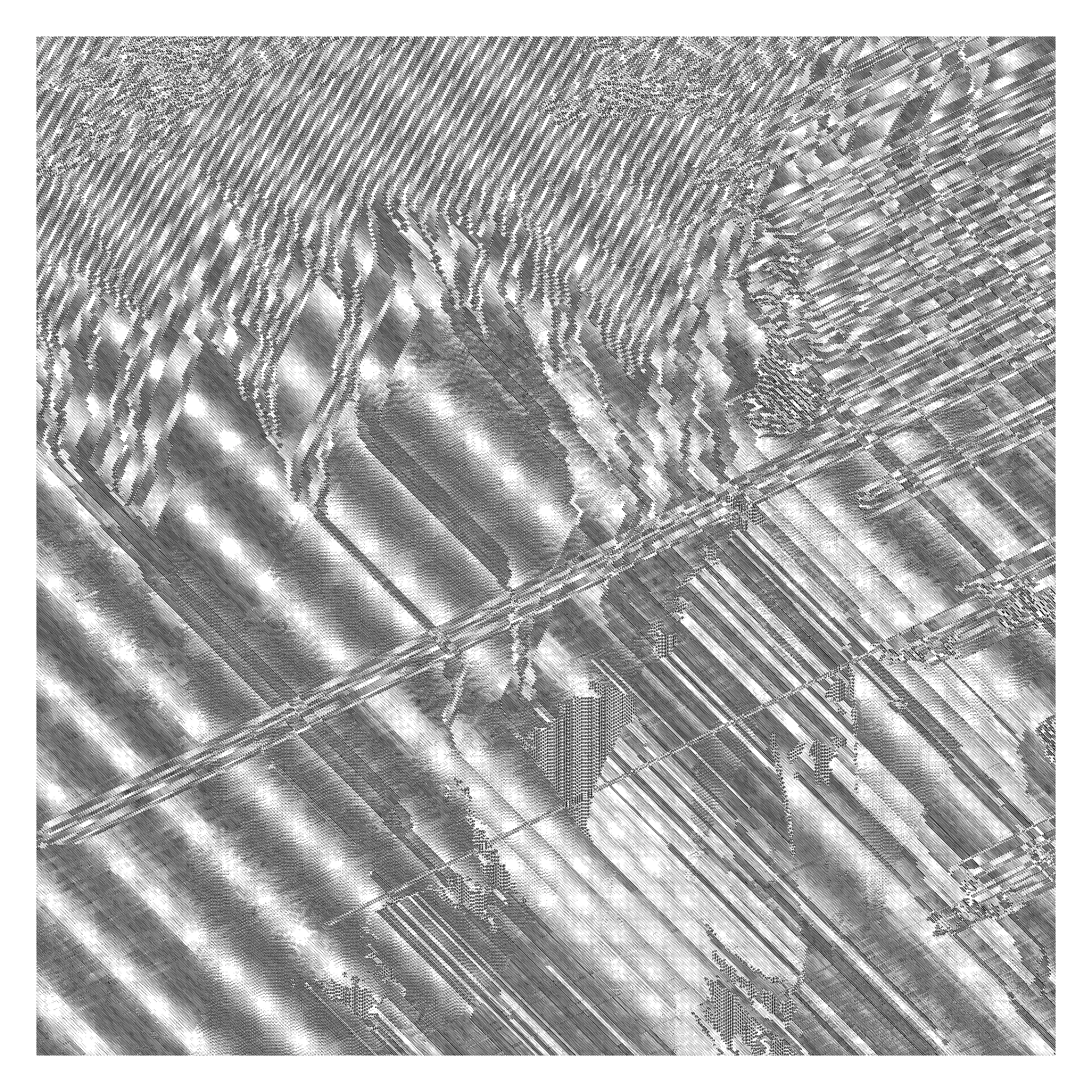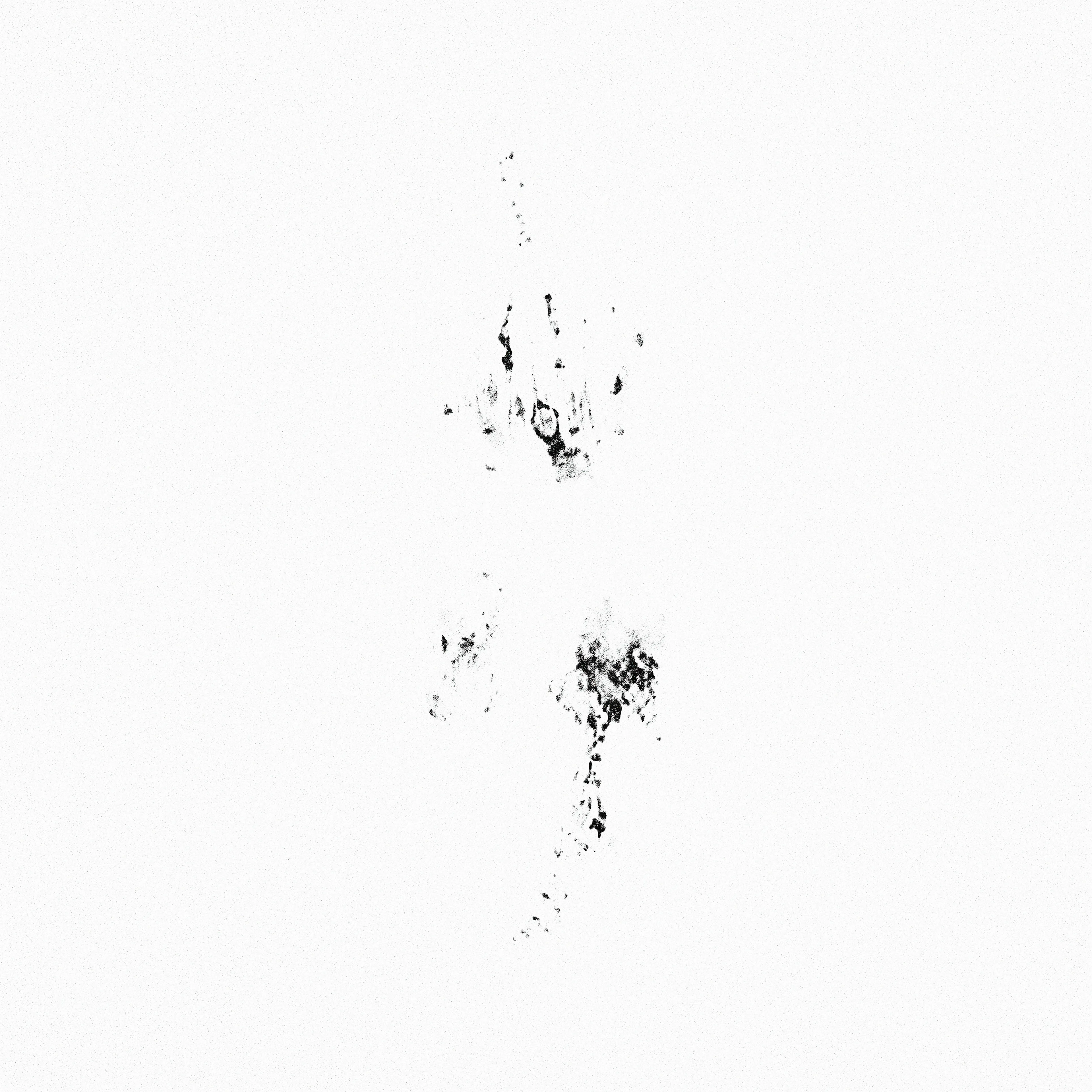Subscribe to get the latest on artists, exhibitions and more.
Thomas Noya on Technical Failures as Aesthetic Choices

You mention the visual language of this series evokes a feeling of nostalgia for your upbringing in the 90s. Did you always want to work creatively with code, and what was your journey to this?
I didn't use code in my practice until somewhat recently. Before, most of my work was video-based and the occasional digital collage here and there. However, all the bright digital colours, chunky pixels and dithering textures from countless hours playing games in both an old Macintosh Classic and a Power Macintosh stuck with me, specifically the drawings I used to make in Kid Pix Studio. There's a web emulator nowadays that I still use every now and then to find inspiration.
When I found creative coding (or it found me), I realised this was a perfect medium I could use to expand my artistic vision. The endless possibilities inside generative systems keep my creativity flowing. Their automated nature allows me to reach and discover new possibilities and branches of my seed ideas that I wouldn't have otherwise. It was only fitting that all those 90s aesthetic references I had in my memory would end up presenting themselves in my code-based work.

Please could you give an overview of the process behind the THX-1 series?
I see THX-1 as the culmination of my HX-1 series from 2022. I have been iterating and developing the glitching processing techniques used here daily for over a year. This idea started as a personal counterpoint to - in my eyes - all the super clean and soft-looking default-like AI-generated images from text-to-image models seen online in the early days of their popularity. I wanted to challenge what seemed to be the mainstream view on AI art by showing it could be more than that, I wanted to use machine learning as just another tool and not the defining result of the work. This train of thought led me to devise ways to process and distort GAN outputs in extreme ways.
For THX-1, I revisited all my StyleGAN models trained over the past three years. I curated a selection of seeds (image outputs) from collapsed and "bad" models that served better as digital errors than truthful representations of their training datasets. This selection was then mixed, processed, and dithered by the THX-1 algorithm to create new compositions born from the underlying imperfections. From the many thousands of outputs generated, I curated the final series of 400.
You point out the series' transforms technical failures into redeeming aesthetic opportunities', and also that they reflect 'the beauty and fragility of our digital world'. This is really interesting: why do you think this is important to do so?
Technical failures and errors are common occurrences, so why not make the most out of them? Sometimes society gets too caught up in constantly coming up with new, better, and faster shiny things; almost leaving little to no time to explore the depths of the previous versions, including the possibilities that arise when technology doesn't work as intended. In these emerging glitches, I enjoy finding beauty and utility, sometimes by repurposing and others by doubling down on errors. In my life and practice, they are a great source of inspiration for creativity.
One of my favourite aspects of working with code to make art is that little changes, intentional or accidental –mostly accidental in my case– often lead to incredible discoveries. Over the years, I have learned and accepted that my best work doesn't come from executing initial ideas flawlessly but from the accidents and errors that happen along the way.

Andreas Huyssen's essay Nostalgia for Ruins, was an important reference point for this work. Huyssen argues that by looking to the past, we can avoid having to confront the complexity and uncertainty of the present. Nostalgia for ruins therefore becomes a way of avoiding the difficult task of imagining alternative futures. How does this compare with your own thinking, given you're working in such a contemporary medium?
We live in an era in which nostalgia is more pervasive than ever. Online we have infinite distractions from the now, constant throwback posts and algorithmically generated digital memories. Cinema and television are packed with reboots and endless sequels and spin-offs. Fashion and music are marked by their continual and cyclical recycling of time-stamped trends. Pop culture is stuck on a nostalgic loop. I think the current pace of socio-cultural change in modern societies has become so rapid that we find ourselves hurtling into the future's uncertainty - and the present - at an ever-accelerating rate. In this hurtling, nostalgic thinking can often be an emotionally driven behaviour carrying negative connotations, as nostalgia is constantly exploited and weaponised as a political and cultural tool.
Longing for ruins is often driven by a sense of loss and a desire to return to a more innocent and unspoiled world. Huyssen's essay highlights the "irreversibility of time" as a foundational part of chasing the past, suggesting that our fascination with ruins speaks to a deeper longing for a time when things were simpler and less complex. At the same time, our fascination with ruins can also be a form of cultural critique. Our interest in them is a way of reflecting on the present and examining our current cultural and social values. By exploring the remnants of the past, we can gain a more profound understanding of the present and the trajectory of history.
In THX-1, I try not to get lost so much in the failed abstract ideal of the "good old days" but instead use nostalgia as a bridge between the past and the present and as a means of exploring personal memories in a contemporary context. Rather than avoiding the complexities of the present, this approach embraces the past as a way of bringing new perspectives and insights to the present. In this symbiosis, I'm trying to reappropriate nostalgia as a positive force of change and evolution - a mix of restorative and reflective nostalgia.
The theme of this exhibition is about imperfections. Traditionally, imperfection in art concerns error on the part of the human. In your work, however, this error issues from GAN models, and (presumably) connects to your wider interest in glitch. Why are you drawn to these errors? What do you think your work illustrates about the creative synthesis between human and machine?
I'm just trying to make the machine more human. I like to think of machines as an extension of our humanity and not as something artificial and completely alien, so it is only natural for me to search for or embed the soul in the machine. In this case, the soul is the error.
Leyla Fakhr
Leyla Fakhr is Artistic Director at Verse. After working at the Tate for 8 years, she worked as an independent curator and producer across various projects internationally. During her time at Tate she was part of the acquisition team and worked on a number of collection displays including John Akomfrah, ‘The Unfinished Conversation’ and ‘Migrations, Journeys into British Art’.
She is the editor...
Thomas Noya
Thomas Noya is a visual artist from Venezuela currently based in NYC. Often ranging from ethereal to compulsive, his practice is rooted in the digital realm, exploring themes of nostalgia, colour, and texture through a lens of meticulous detail and conceptual rigour.
In recent years, Noya has been leveraging machine learning to create images as an act of translation from the natural to the...



